Throughout history, certain physicists have made groundbreaking contributions that fundamentally altered our understanding of the universe. Their theories not only advanced science but also reshaped how we view reality. These pioneering minds have left a lasting legacy that continues to influence modern scientific thought. In this article, we’ll explore some of the most influential physicists whose work changed the course of science forever.
Isaac Newton (1643–1727)
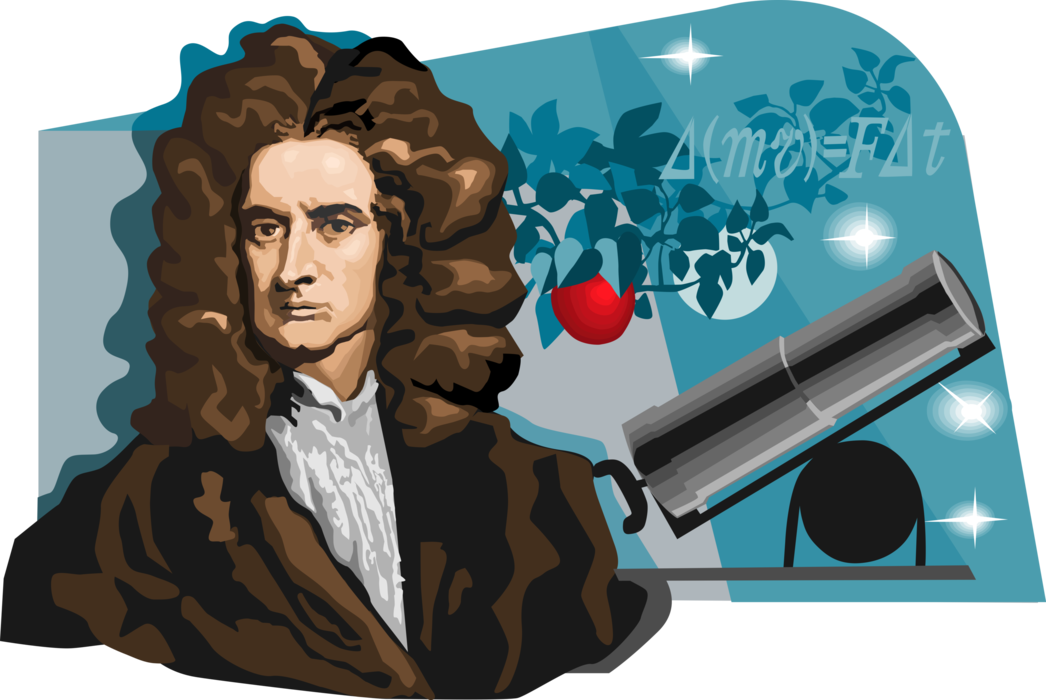
Isaac Newton’s laws of motion and universal gravitation, formulated in the late 17th century, laid the foundation for classical mechanics. His work unified the motion of celestial bodies and objects on Earth under a single set of principles. These laws are still taught as fundamental concepts in physics and are crucial in engineering, space exploration, and everyday life. Newton’s theories shaped our understanding of the physical world and remain central to science and technology today.
Albert Einstein (1879–1955)
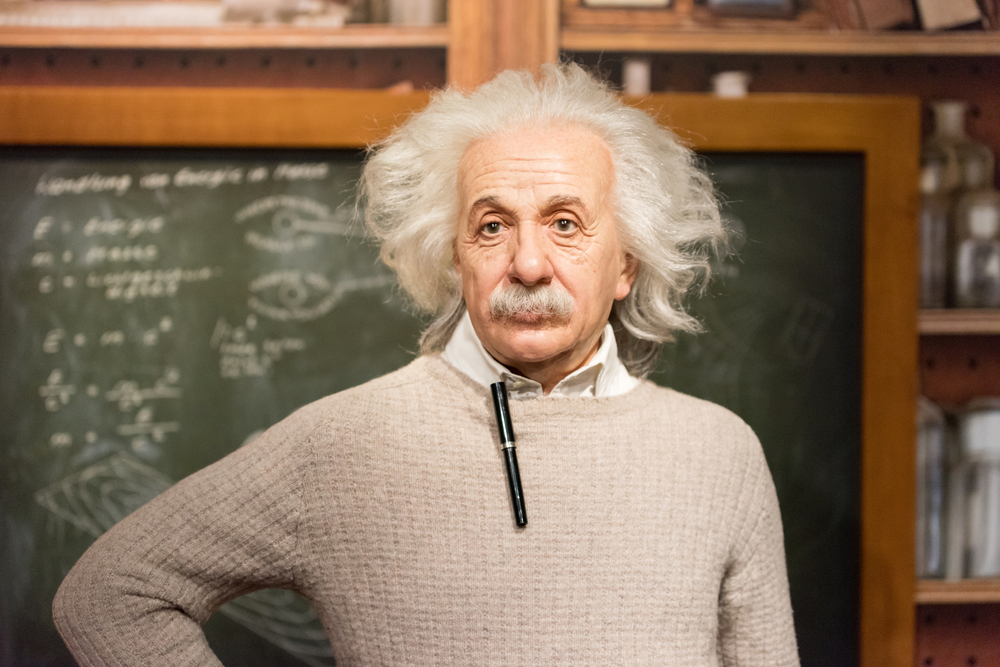
Albert Einstein revolutionized physics with his theory of relativity, published in 1905 and 1915. His theory fundamentally changed our understanding of space, time, and energy, introducing the famous equation E=mc². Relativity has profound implications in fields like astrophysics, cosmology, and GPS technology. Einstein’s work continues to influence our understanding of the universe and the laws that govern it.
Niels Bohr (1885–1962)
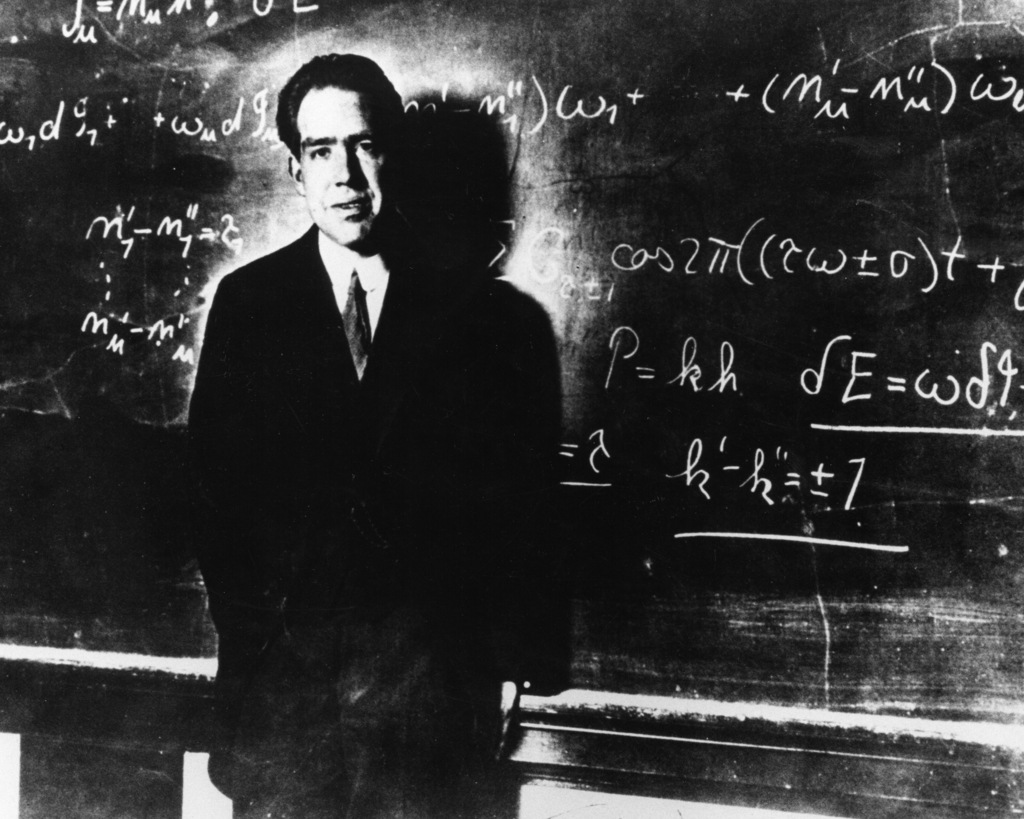
Niels Bohr developed the Bohr model of the atom in 1913, which introduced the concept of quantized energy levels for electrons. This model was pivotal in the development of quantum mechanics, explaining atomic structure and electron behavior. Bohr’s ideas laid the groundwork for modern atomic physics and chemistry, influencing technologies like semiconductors and nuclear energy. His work remains essential in understanding the behavior of matter at the smallest scales.
James Clerk Maxwell (1831–1879)
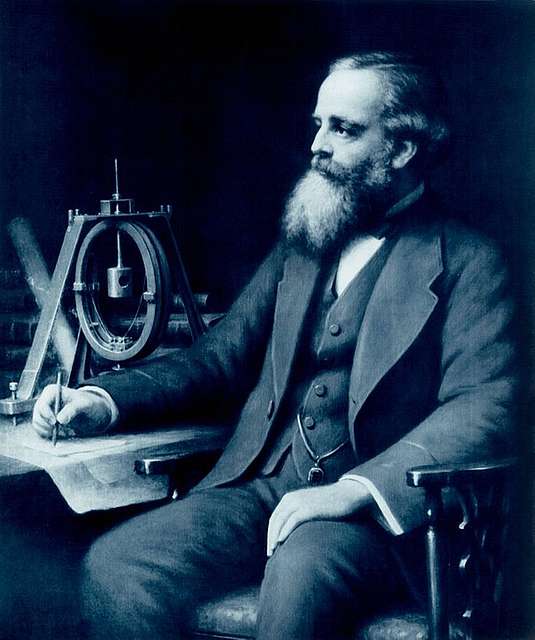
James Clerk Maxwell formulated the theory of electromagnetism in the 1860s, uniting electricity, magnetism, and light under a single set of equations. Maxwell’s equations describe how electric and magnetic fields interact and propagate as waves. This theory paved the way for modern communication technologies, including radio, television, and wireless communication. Maxwell’s contributions are foundational to both theoretical and applied physics.
Galileo Galilei (1564–1642)
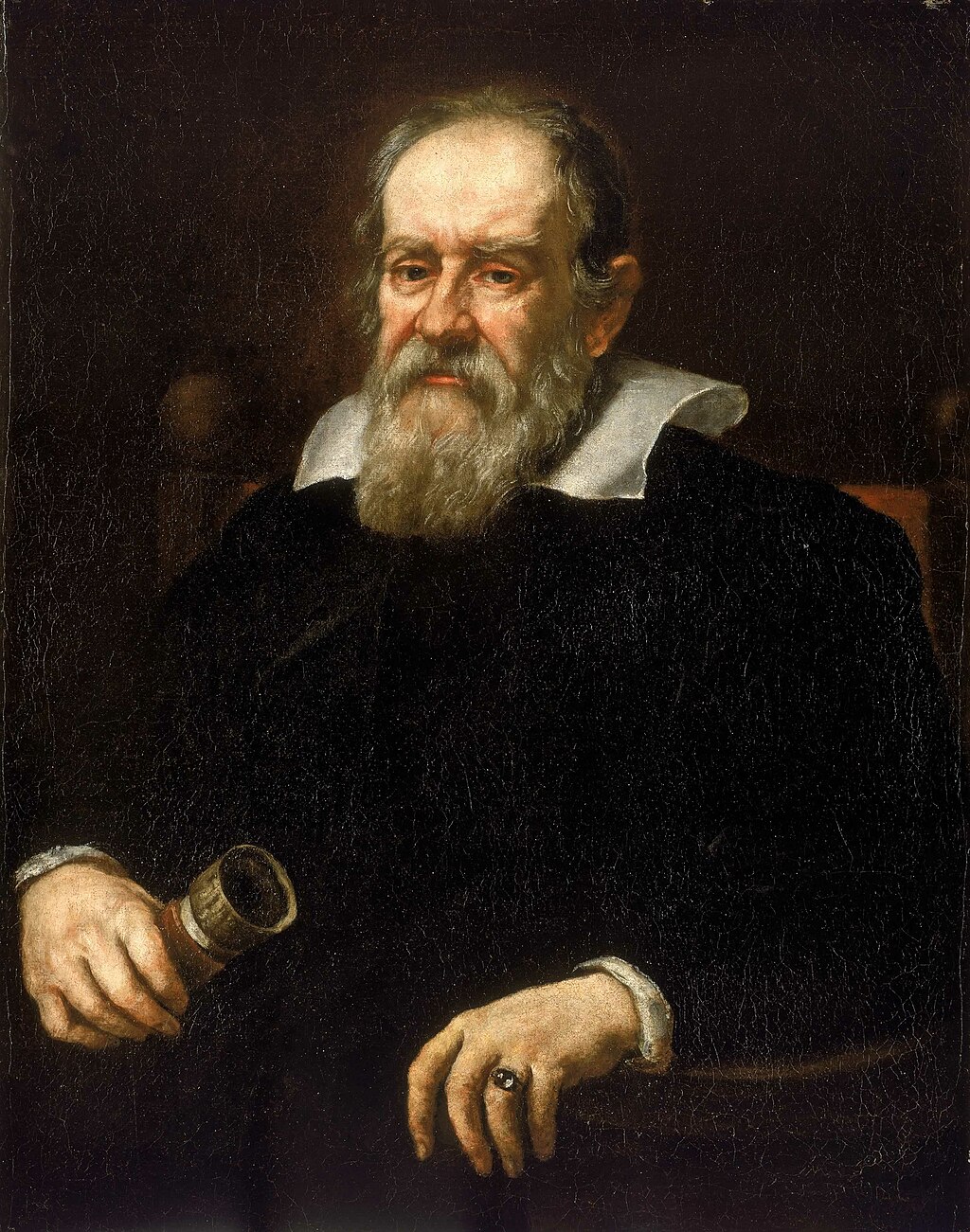
Galileo Galilei, often called the “father of modern science,” championed the heliocentric model of the solar system in the early 17th century. His use of the telescope to observe celestial bodies provided crucial evidence for Copernican theory. Galileo’s insistence on observation and experimentation as the basis for science laid the groundwork for the scientific method. His work fundamentally shifted humanity’s understanding of its place in the cosmos.
Richard Feynman (1918–1988)
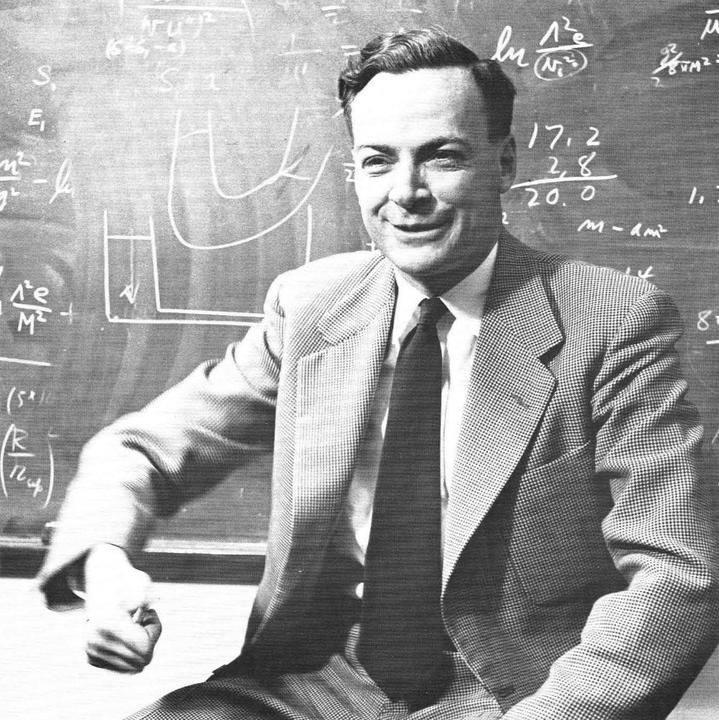
Richard Feynman made significant contributions to quantum electrodynamics (QED), particularly through his development of Feynman diagrams in the 1940s. These diagrams visually represent the interactions of particles, making complex quantum processes easier to understand and calculate. Feynman’s work in QED has been crucial for advancements in particle physics, including the development of the Standard Model. His approach continues to influence how physicists visualize and calculate particle interactions.
Erwin Schrödinger (1887–1961)
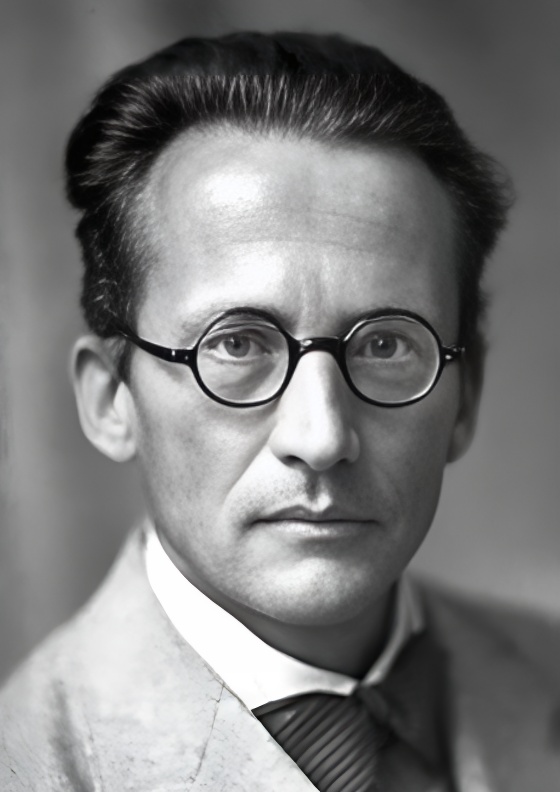
Erwin Schrödinger is best known for his wave equation, formulated in 1926, which describes how quantum systems evolve over time. Schrödinger’s equation is a cornerstone of quantum mechanics, providing a mathematical framework for predicting the behavior of particles at the quantum level. His work has far-reaching implications in fields like chemistry, cryptography, and nanotechnology. Schrödinger’s contributions remain integral to our understanding of the quantum world.
Werner Heisenberg (1901–1976)
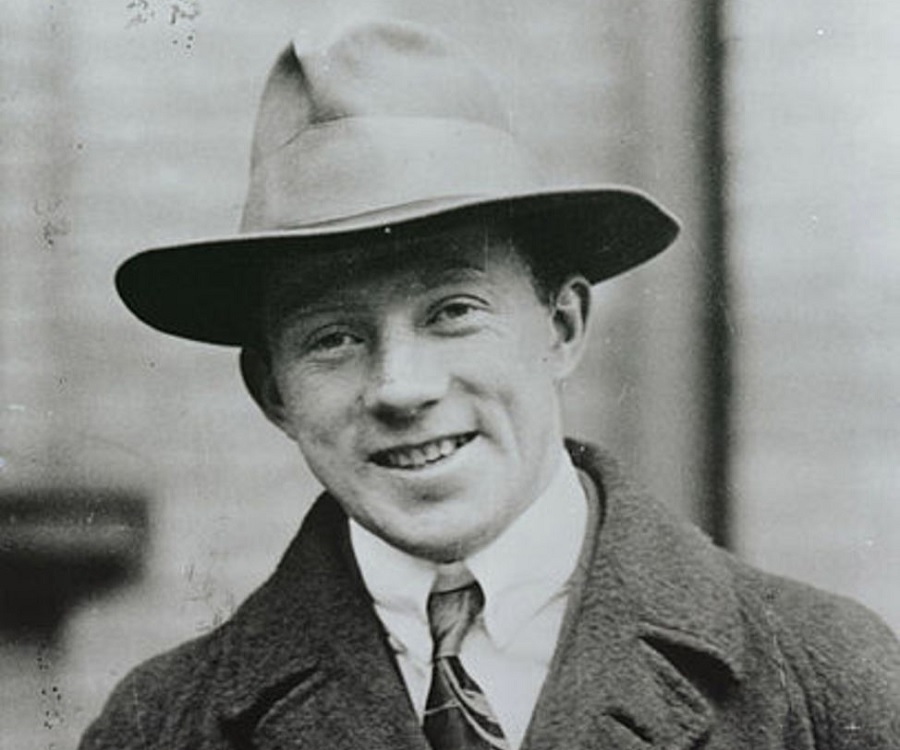
Werner Heisenberg introduced the uncertainty principle in 1927, a fundamental concept in quantum mechanics that states it is impossible to simultaneously know both the position and momentum of a particle with perfect accuracy. This principle challenged classical notions of determinism and introduced new ideas about the nature of reality at the quantum level. Heisenberg’s work has had profound implications for philosophy, physics, and our understanding of the limits of measurement. It continues to shape modern quantum theory and technology.
Max Planck (1858–1947)
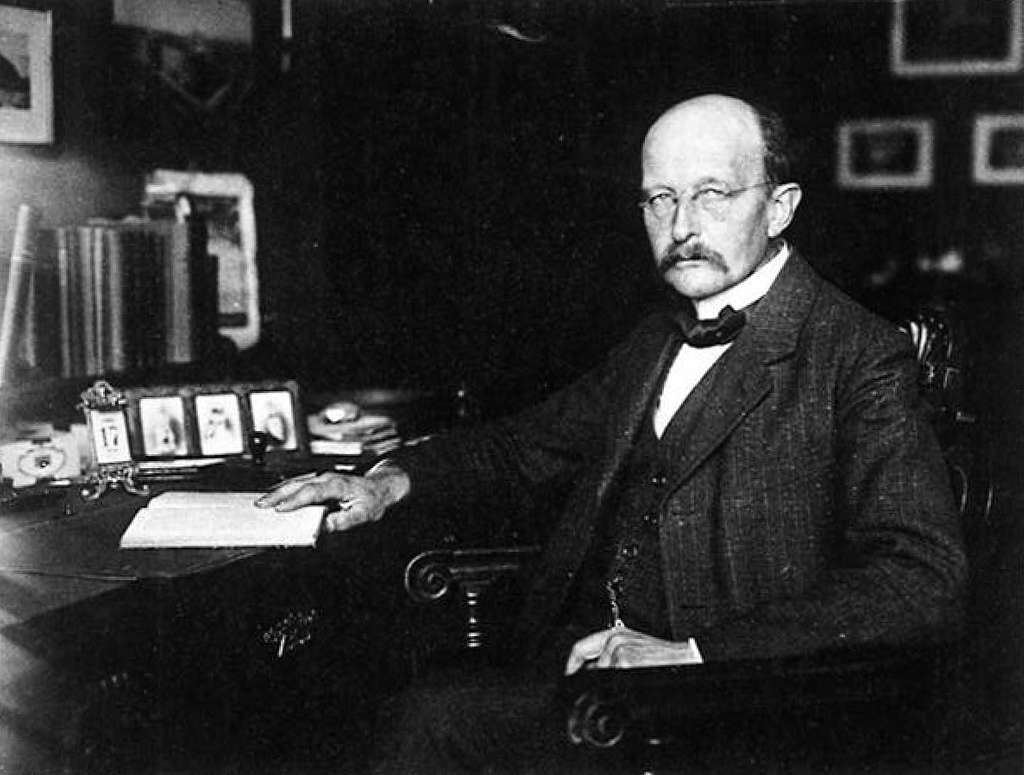
Max Planck is considered the father of quantum theory, having introduced the idea of quantized energy levels in 1900. His work on black-body radiation led to the development of quantum mechanics, fundamentally altering our understanding of atomic and subatomic processes. Planck’s constant, a key element in quantum mechanics, remains a fundamental constant in physics. His contributions laid the groundwork for much of 20th-century physics, including the development of quantum technology.
Paul Dirac (1902–1984)
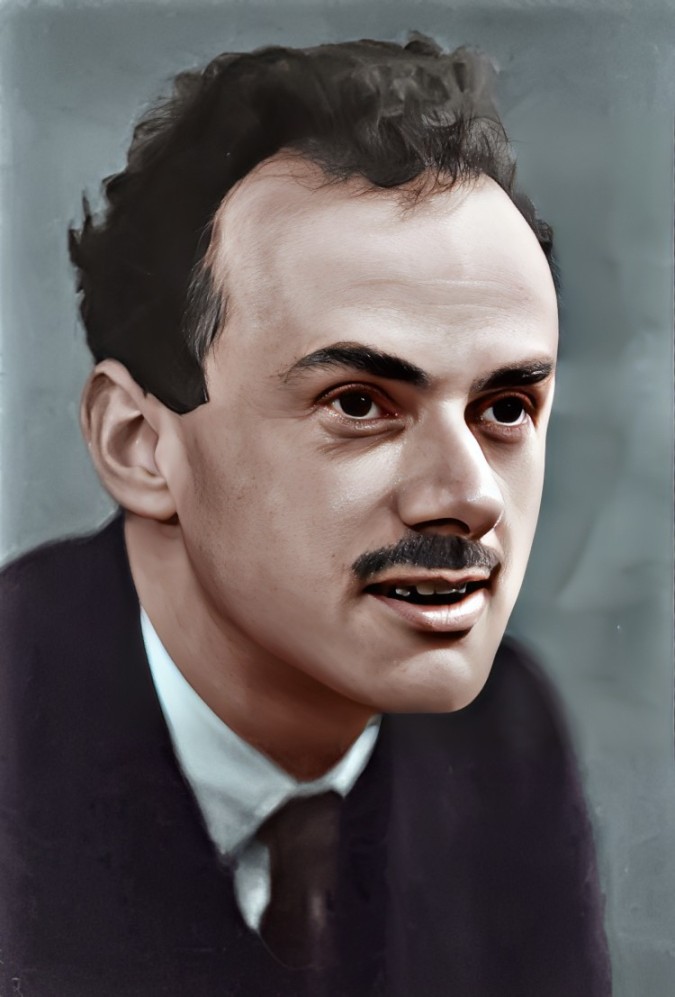
Paul Dirac formulated the Dirac equation in 1928, which combined quantum mechanics with special relativity to describe the behavior of fermions, such as electrons. His work predicted the existence of antimatter, a groundbreaking discovery later confirmed experimentally. Dirac’s contributions are foundational to quantum field theory and the Standard Model of particle physics. His work has had lasting effects on both theoretical physics and experimental discoveries in high-energy physics.
Marie Curie (1867–1934)
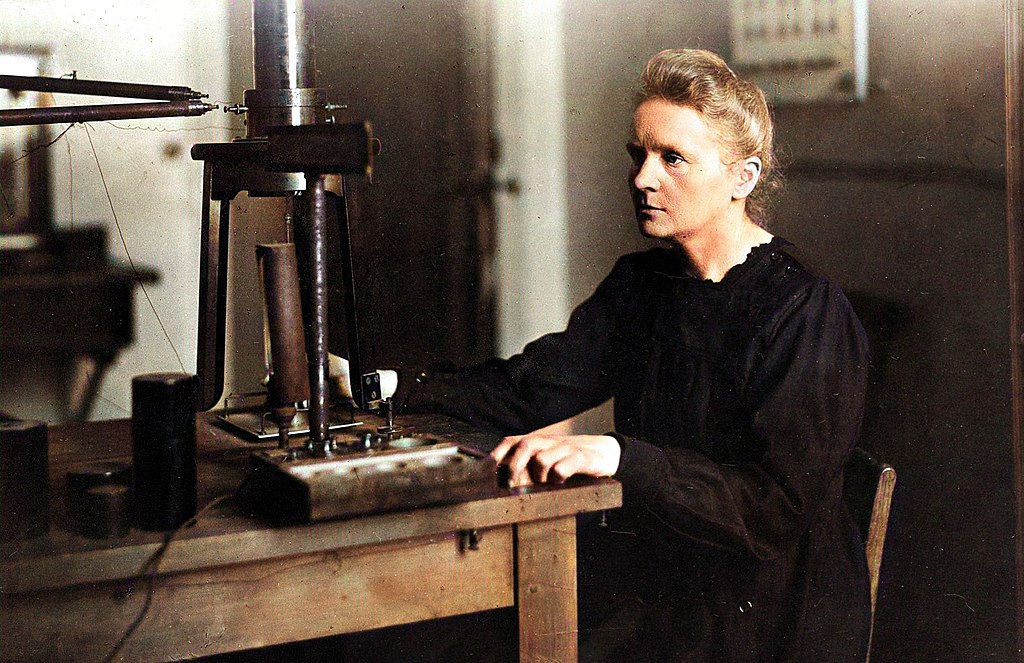
Marie Curie conducted pioneering research on radioactivity, a term she coined, leading to the discovery of the elements polonium and radium in the late 19th and early 20th centuries. Her work not only advanced the understanding of atomic structure but also laid the groundwork for the development of nuclear physics and medical treatments, including cancer radiotherapy. Curie’s groundbreaking achievements earned her two Nobel Prizes and continue to influence science and medicine today. Her legacy is one of courage, innovation, and relentless pursuit of knowledge.
Michael Faraday (1791–1867)
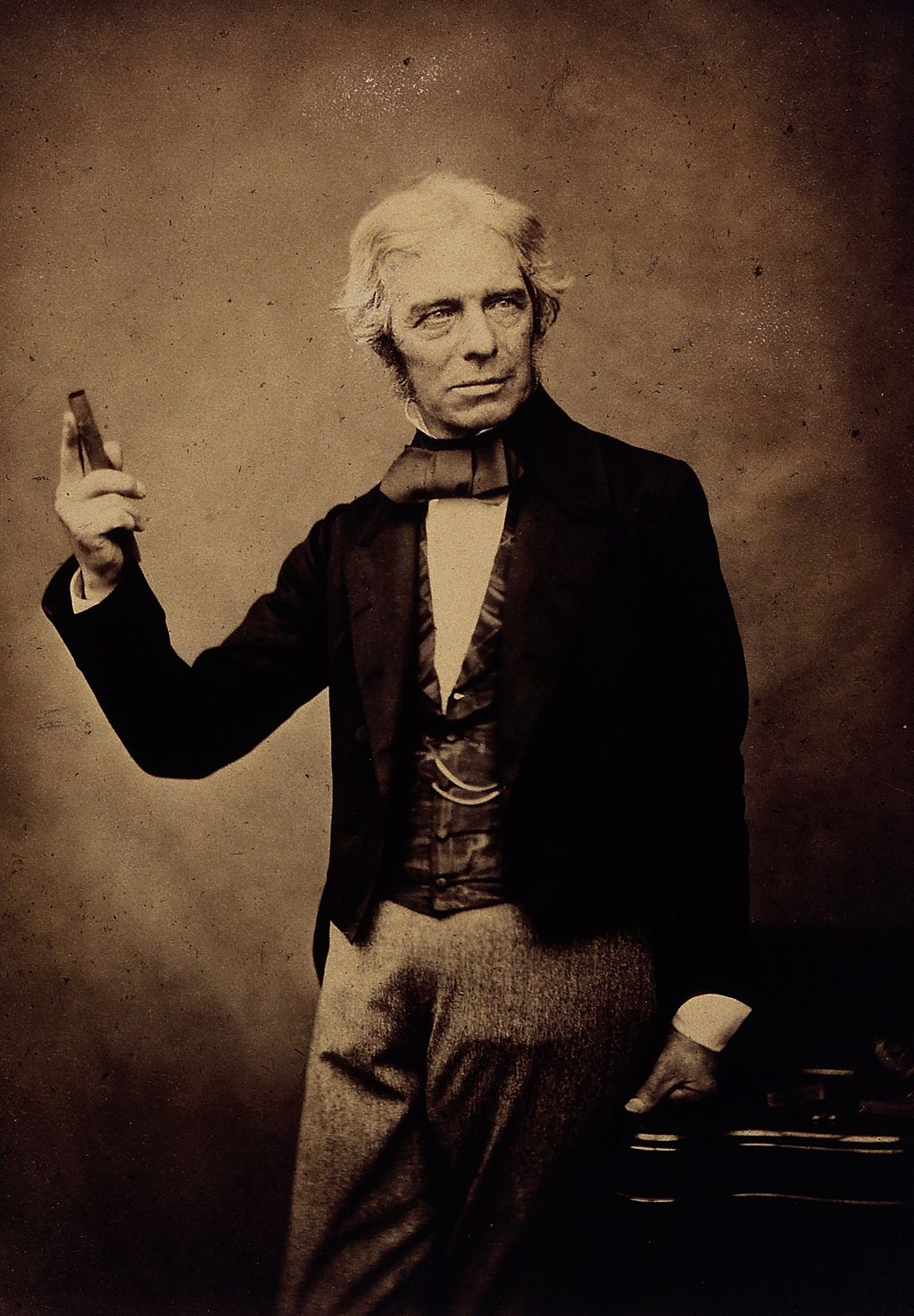
Michael Faraday’s work in the early 19th century on electromagnetic induction and electrochemistry laid the foundation for electric motor technology. Faraday discovered that a changing magnetic field could induce an electric current, a principle that underlies transformers, electric generators, and much of modern technology. His contributions to electromagnetism and chemistry have had a profound impact on how we harness and use energy. Faraday’s legacy is evident in the electrified world we live in today.
Johannes Kepler (1571–1630)
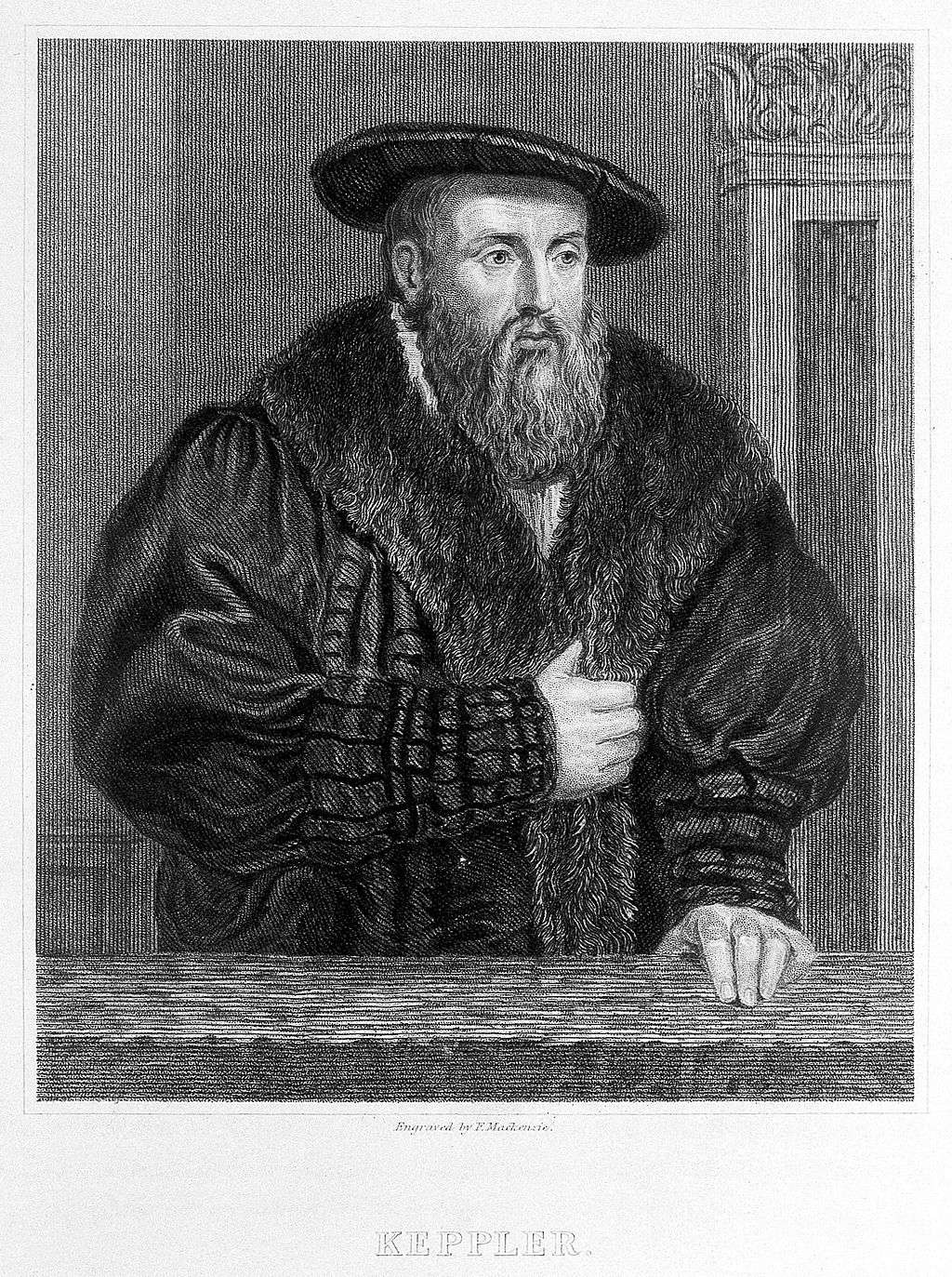
Johannes Kepler formulated the laws of planetary motion in the early 17th century, describing the elliptical orbits of planets around the sun. Kepler’s laws provided the necessary corrections to the Copernican model and laid the groundwork for Newton’s theory of gravitation. His work has been instrumental in fields ranging from astronomy to space exploration. Kepler’s insights continue to influence our understanding of celestial mechanics and the behavior of objects in space.
Enrico Fermi (1901–1954)
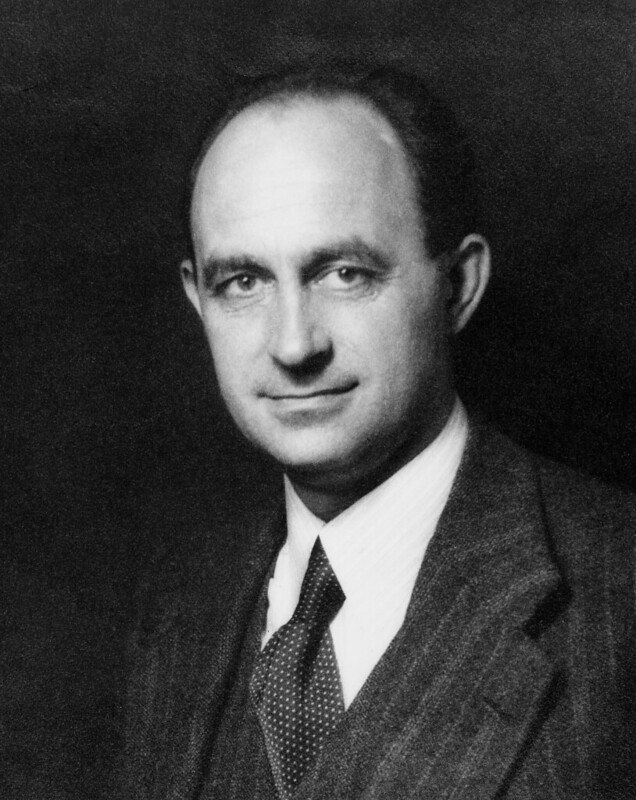
Enrico Fermi was a key figure in the development of nuclear physics and quantum theory. In the 1930s, he developed the first nuclear reactor and made significant contributions to quantum statistics and particle physics. Fermi’s work laid the foundation for the development of nuclear power and atomic weapons, with profound implications for energy and global politics. His legacy is a testament to the dual-edged nature of scientific progress.
Stephen Hawking (1942–2018)
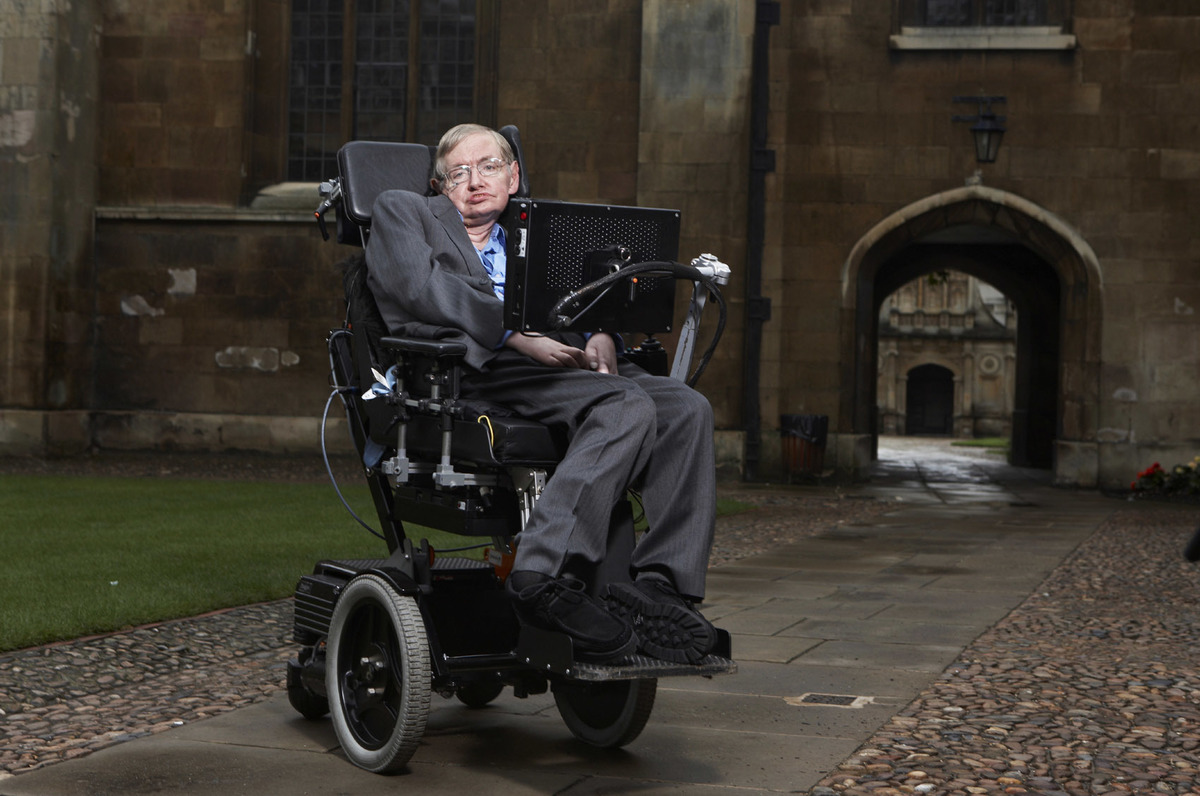
Stephen Hawking made significant contributions to our understanding of black holes and cosmology, particularly through his work on Hawking radiation in the 1970s. He proposed that black holes could emit radiation and eventually evaporate, a groundbreaking idea that combined quantum mechanics and general relativity. Hawking’s work has had a profound impact on theoretical physics and our understanding of the universe. His theories continue to inspire research in cosmology and the quest for a unified theory of physics.
Louis de Broglie (1892–1987)
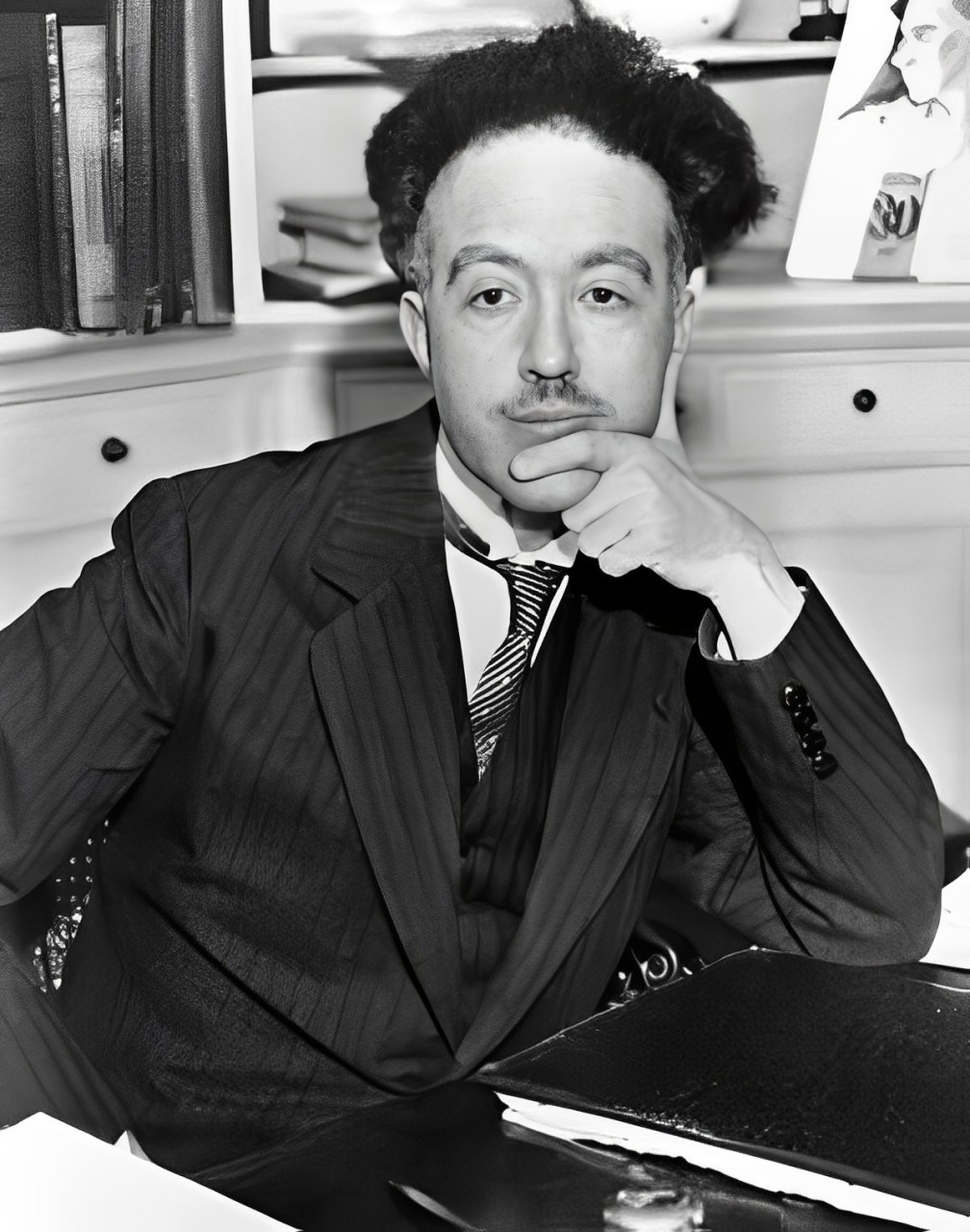
Louis de Broglie introduced the wave-particle duality concept in 1924, proposing that particles, like electrons, exhibit both wave-like and particle-like properties. His theory laid the foundation for quantum mechanics and led to the development of wave mechanics. De Broglie’s work has had far-reaching implications in fields like quantum computing and materials science. His insights continue to influence our understanding of the fundamental nature of matter.
Wolfgang Pauli (1900–1958)
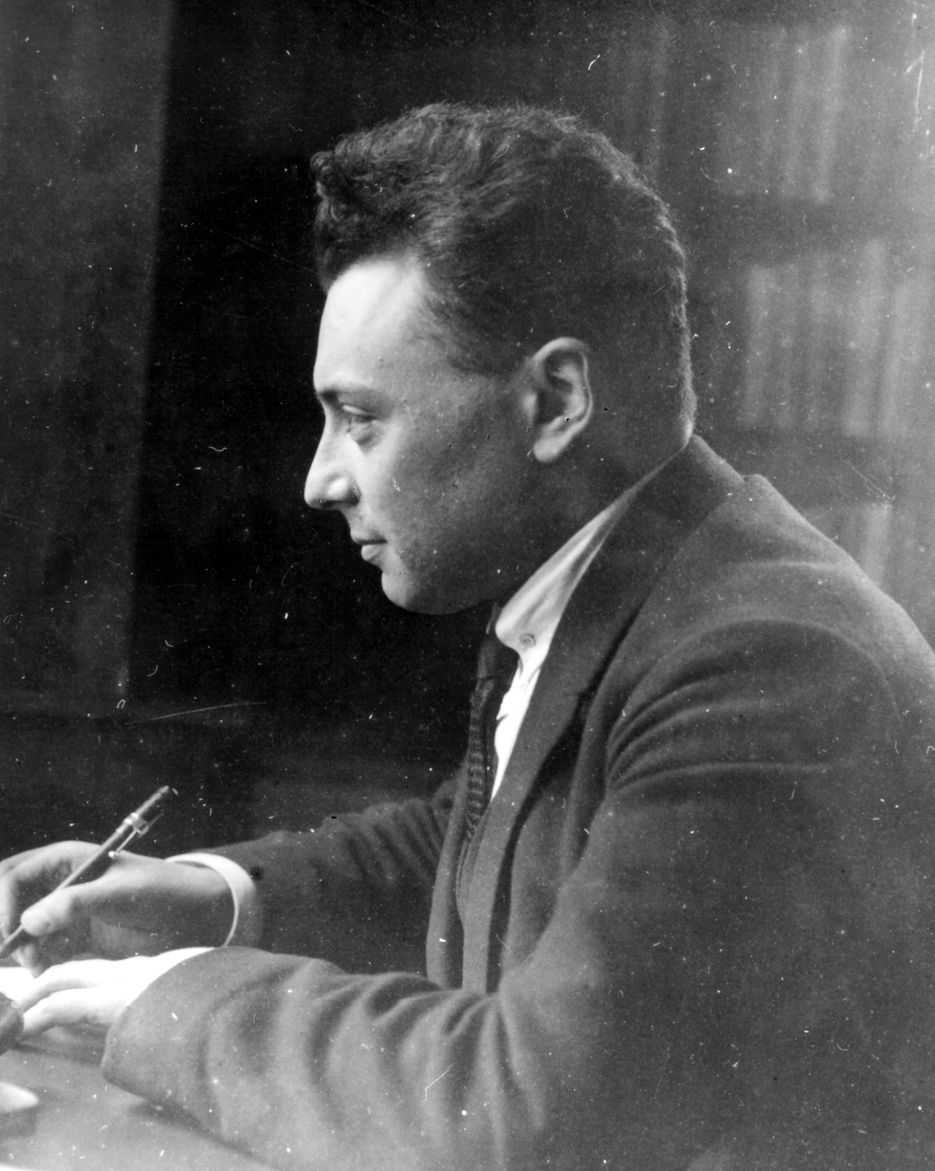
Wolfgang Pauli is best known for the Pauli exclusion principle, introduced in 1925, which states that no two electrons can occupy the same quantum state simultaneously. This principle is crucial for understanding the structure of atoms and the behavior of matter. Pauli’s work has had significant implications in fields like chemistry, solid-state physics, and quantum theory. His contributions continue to influence the way we understand the behavior of electrons and the nature of matter.
Hendrik Lorentz (1853–1928)
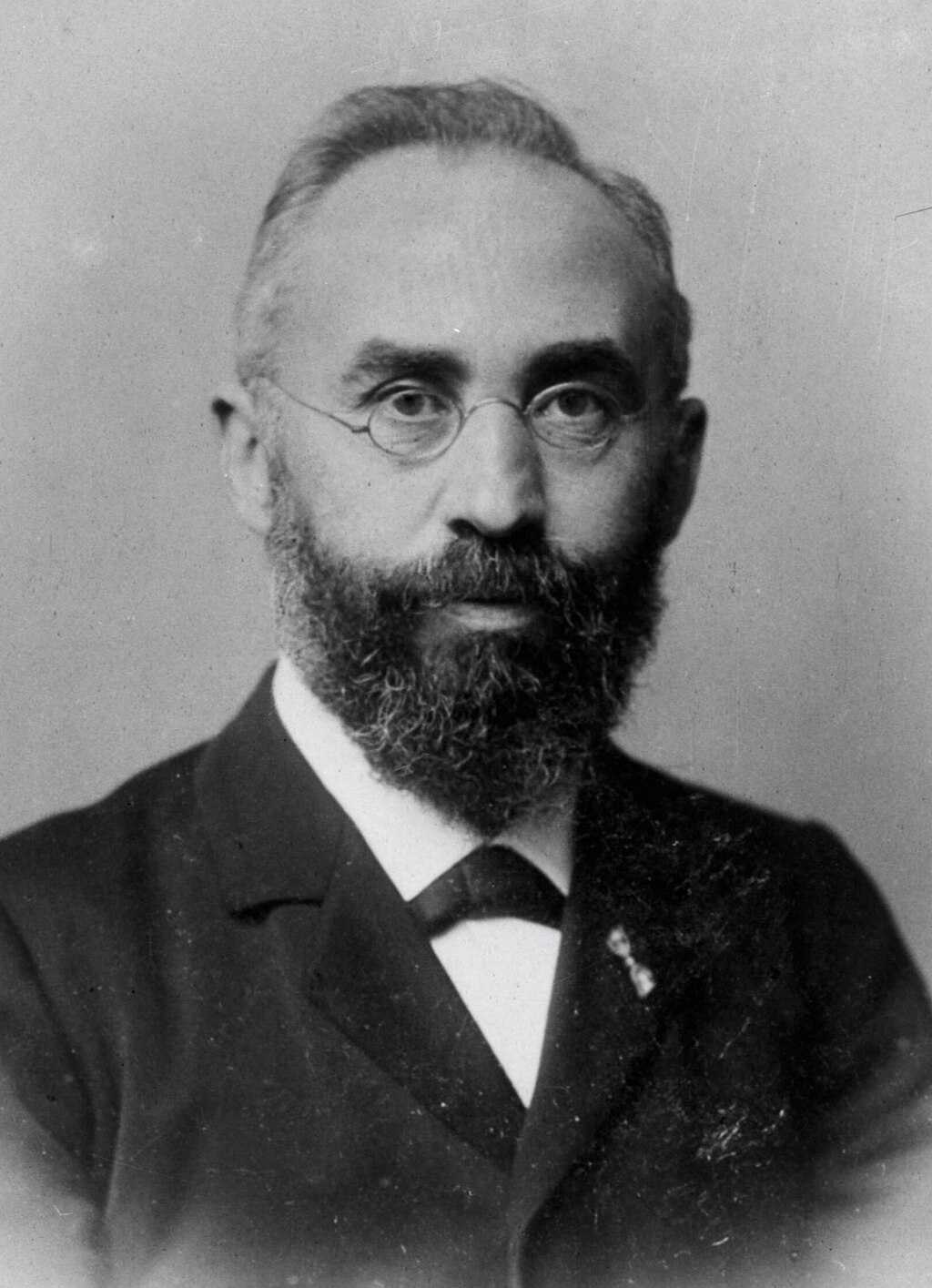
Hendrik Lorentz developed the Lorentz transformations in 1895, which describe how measurements of time and space change for observers moving relative to each other. His work laid the groundwork for Einstein’s theory of special relativity, fundamentally changing our understanding of time, space, and motion. Lorentz’s contributions are crucial in fields ranging from particle physics to modern telecommunications. His work continues to be a cornerstone of theoretical physics.
J.J. Thomson (1856–1940)
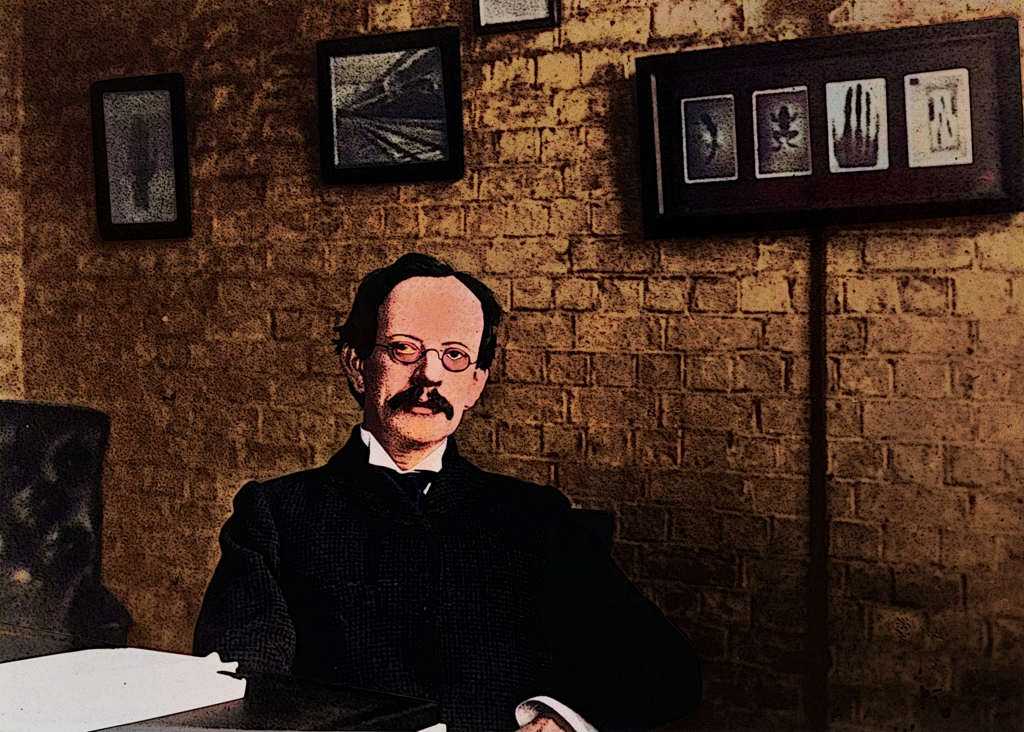
J.J. Thomson discovered the electron in 1897, revolutionizing our understanding of atomic structure. His work led to the development of the plum pudding model of the atom, where electrons were embedded in a positively charged sphere. While this model was later replaced, Thomson’s discovery of the electron was pivotal in the development of modern atomic theory and quantum mechanics. His work laid the foundation for much of 20th-century physics and technology.
Max Born (1882–1970)
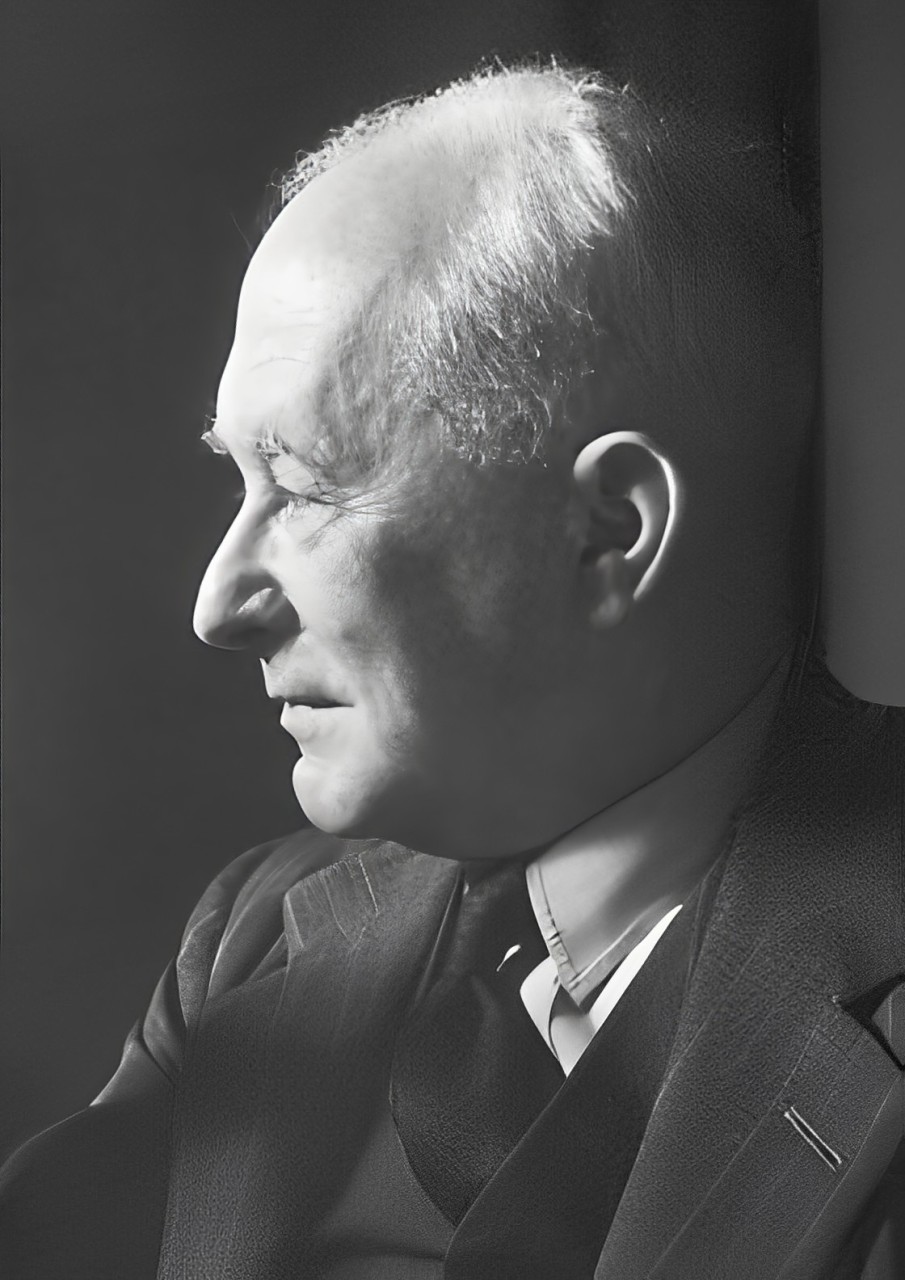
Max Born was a key figure in the development of quantum mechanics, particularly known for his interpretation of the wave function as a probability density. His work in the 1920s laid the groundwork for understanding quantum mechanics in statistical terms. Born’s contributions are essential in fields like quantum physics, chemistry, and information theory. His insights continue to influence how we interpret and predict the behavior of quantum systems.
Ludwig Boltzmann (1844–1906)
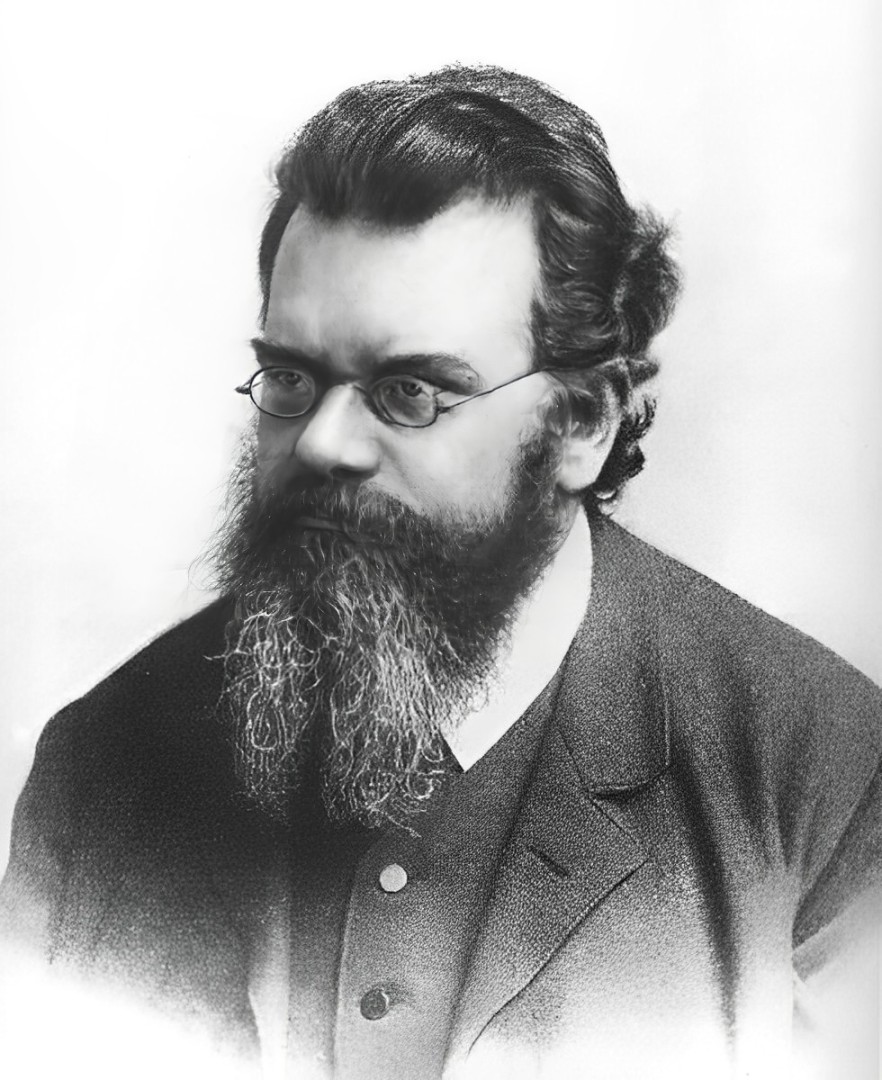
Ludwig Boltzmann developed statistical mechanics in the late 19th century, providing a framework to describe the behavior of gases in terms of the statistics of microscopic particles. His work introduced the concept of entropy and the idea that macroscopic properties of matter are a result of microscopic randomness. Boltzmann’s theories are fundamental to understanding thermodynamics, statistical physics, and the arrow of time. His contributions continue to shape our understanding of the relationship between micro and macro worlds.
Satyendra Nath Bose (1894–1974)
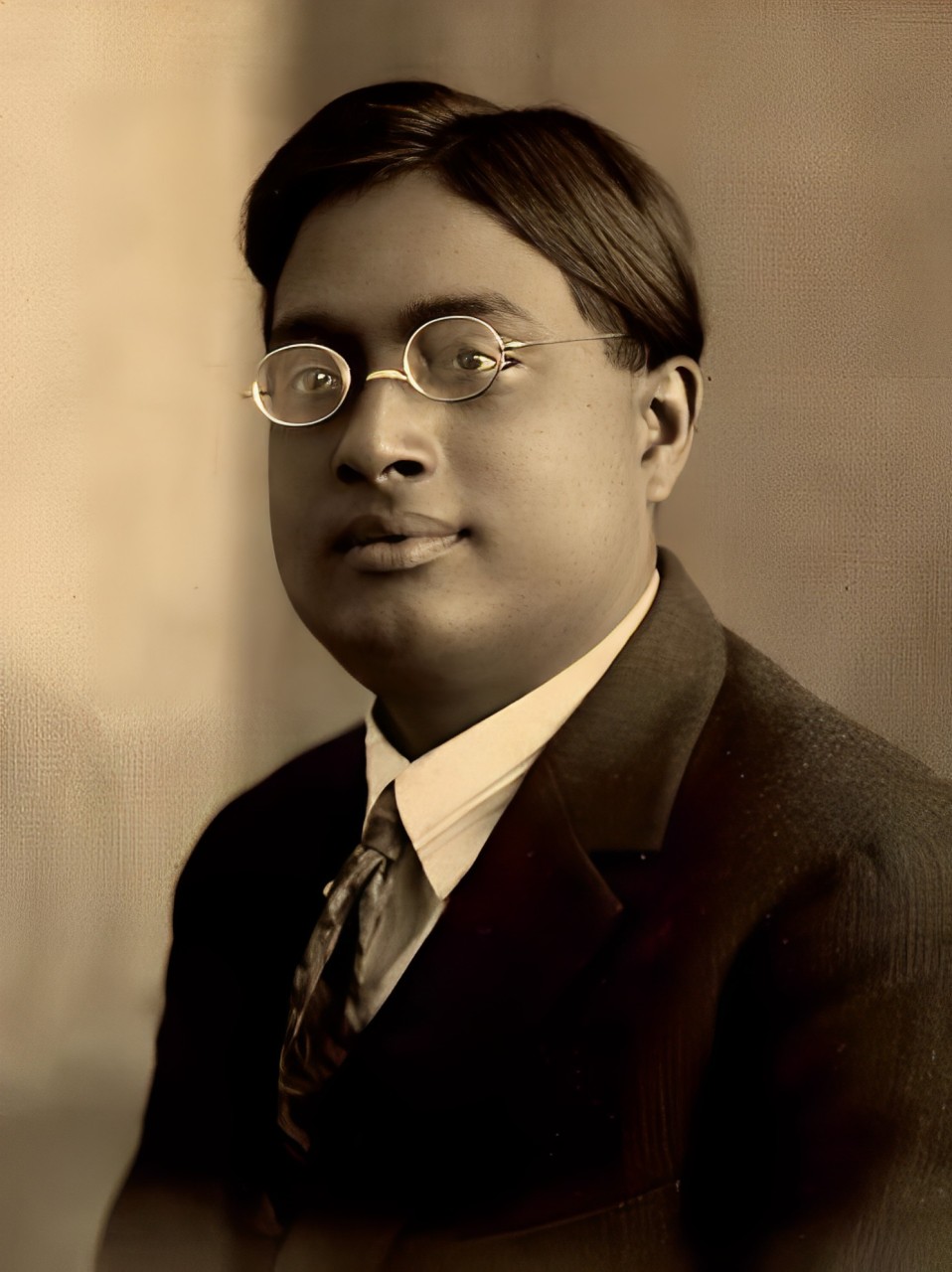
Satyendra Nath Bose made significant contributions to quantum mechanics, particularly in his work on Bose-Einstein statistics in the 1920s. He proposed that particles now known as bosons follow a different statistical distribution than fermions, leading to the prediction of phenomena like Bose-Einstein condensation. Bose’s work laid the foundation for quantum field theory and the understanding of superfluidity and superconductivity. His contributions continue to influence modern physics and technology.
David Bohm (1917–1992)
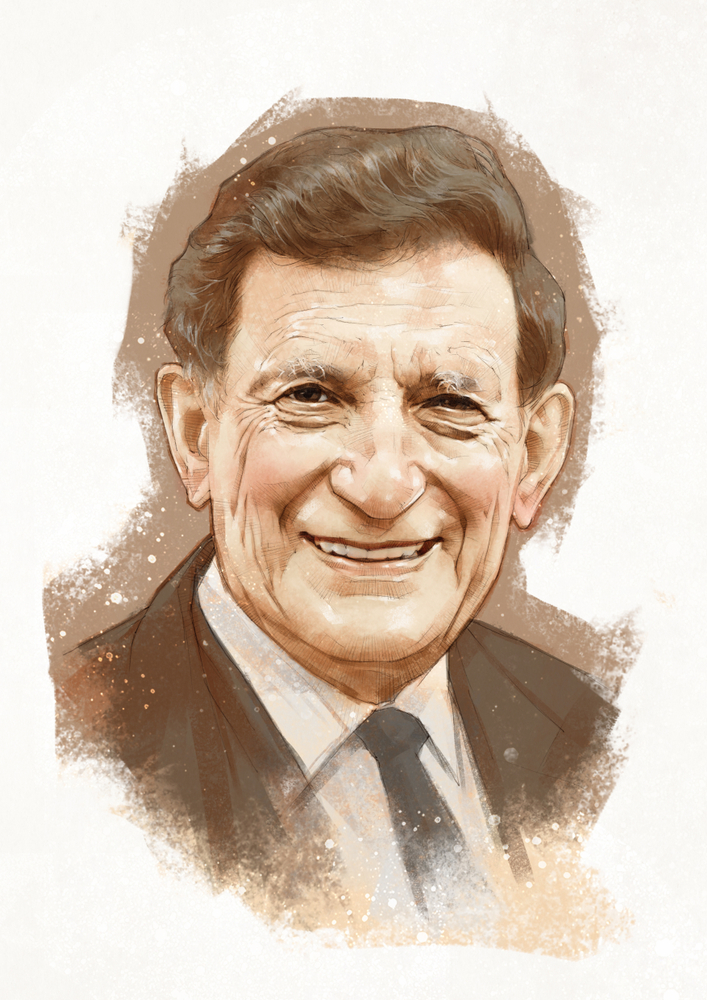
David Bohm developed the pilot-wave theory, also known as Bohmian mechanics, as an alternative interpretation of quantum mechanics in the 1950s. His work challenged the Copenhagen interpretation by suggesting that particles have definite positions and velocities, guided by a “pilot wave.” Bohm’s ideas have sparked debates about the nature of reality and the completeness of quantum theory. His work continues to influence discussions on the interpretation of quantum mechanics.
Lev Landau (1908–1968)
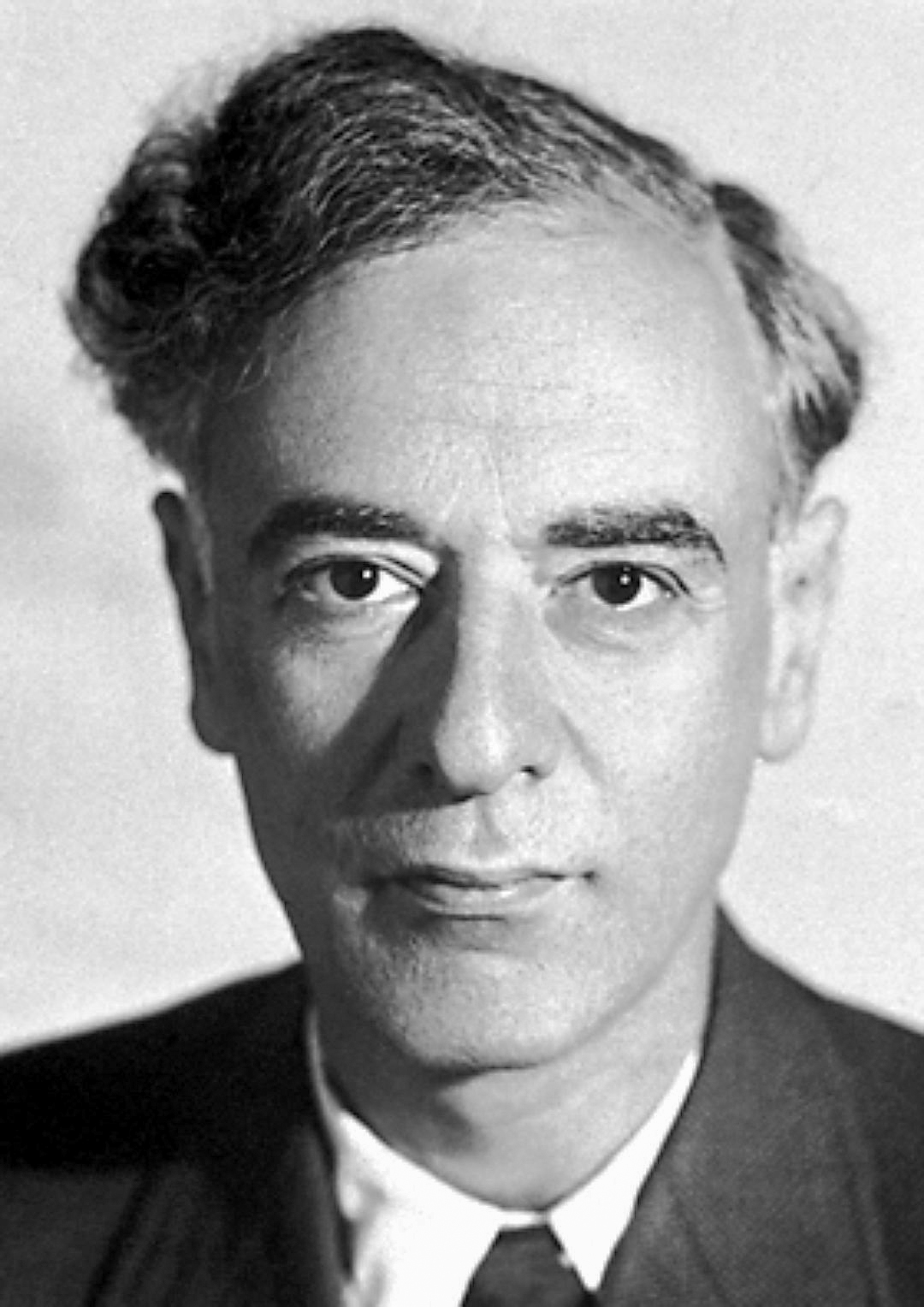
Lev Landau made groundbreaking contributions to many areas of theoretical physics, including superfluidity, quantum field theory, and condensed matter physics. His work on the Landau theory of phase transitions in the 1930s and 1940s provided a framework for understanding changes in states of matter. Landau’s contributions are crucial for the study of critical phenomena and the behavior of systems near phase transitions. His legacy is evident in the vast range of physical phenomena explained by his theories.
Jocelyn Bell Burnell (1943–Present)
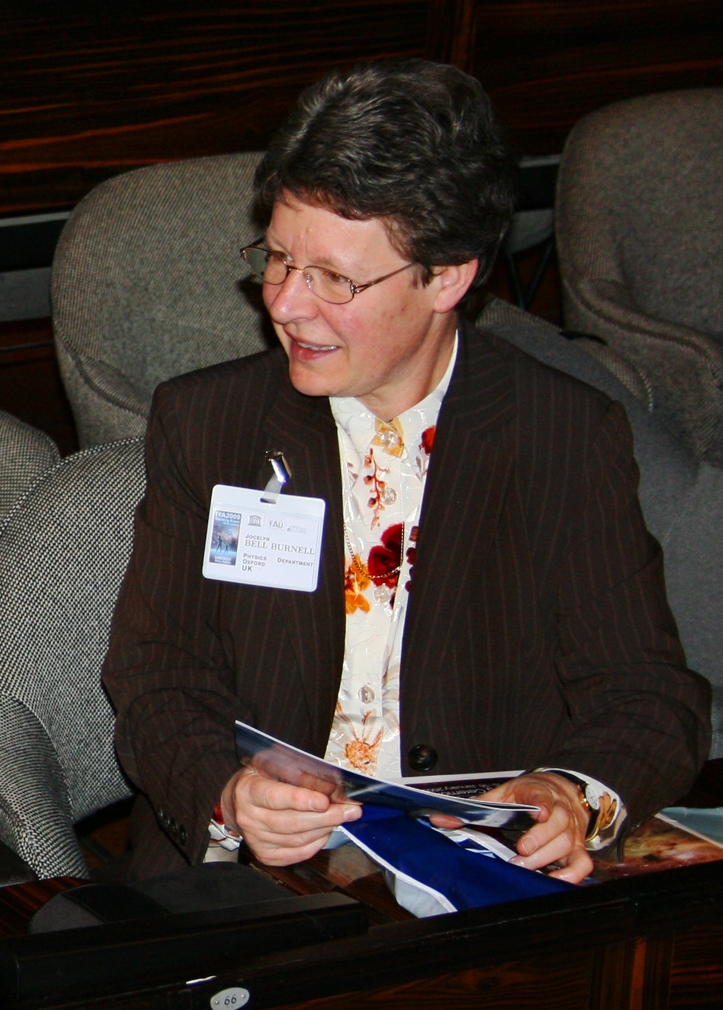
Jocelyn Bell Burnell discovered the first radio pulsars in 1967 while still a graduate student, a discovery that revolutionized our understanding of neutron stars and led to the development of a new field in astrophysics. Although her contribution was initially overlooked, Bell Burnell’s discovery has had profound implications for the study of stellar evolution, gravitational waves, and the nature of matter under extreme conditions. Her work continues to influence astrophysics and the search for understanding the cosmos.
This article originally appeared on UnifyCosmos.
More from UnifyCosmos
20 Money Mistakes Not to Make in Your First Year of Retirement

Entering your first year of retirement is an exciting milestone, but it also comes with financial challenges. Avoiding common money mistakes is crucial to ensure a smooth transition and a secure future. Read More
20 Simple Tips to Handle Tough Coworkers

Dealing with difficult coworkers can be challenging, but it doesn’t have to be. Simple strategies can help you manage these tough interactions effectively. Read More
20 Habits Wealthy People Have That You Should Adopt

Adopting the right habits can make a significant difference in your financial future. Wealthy individuals often share certain practices that contribute to their success. Read More
Leave a Reply